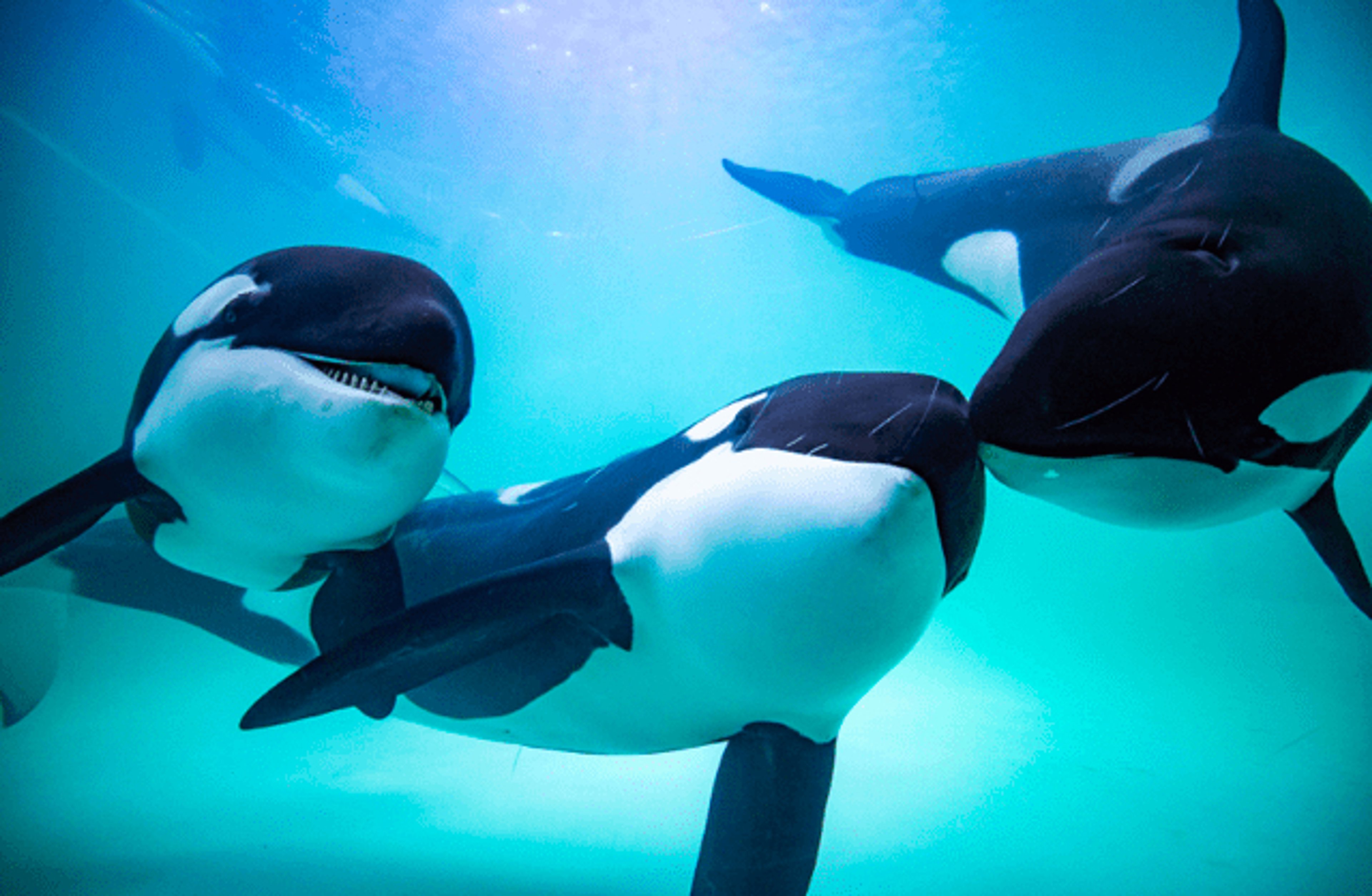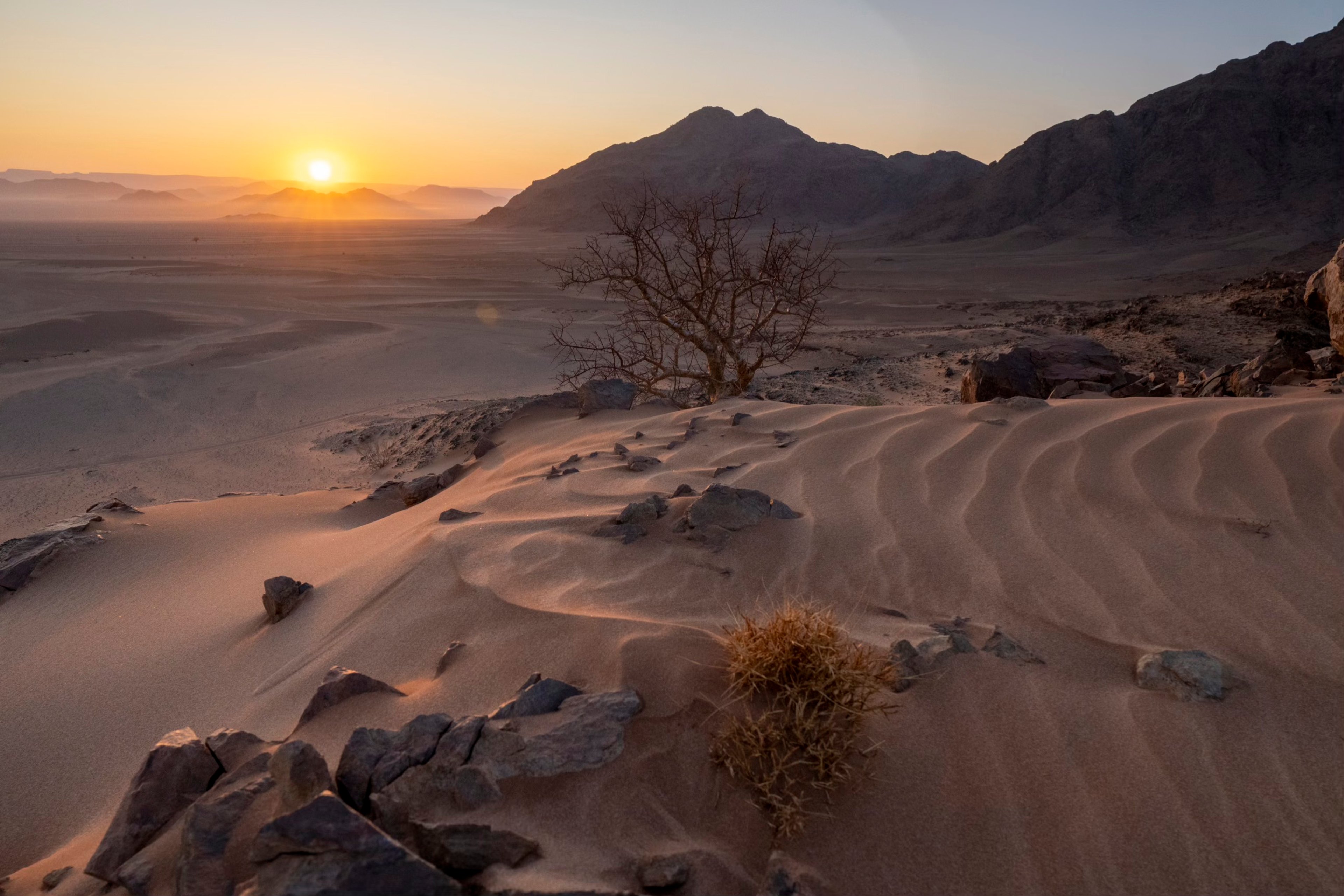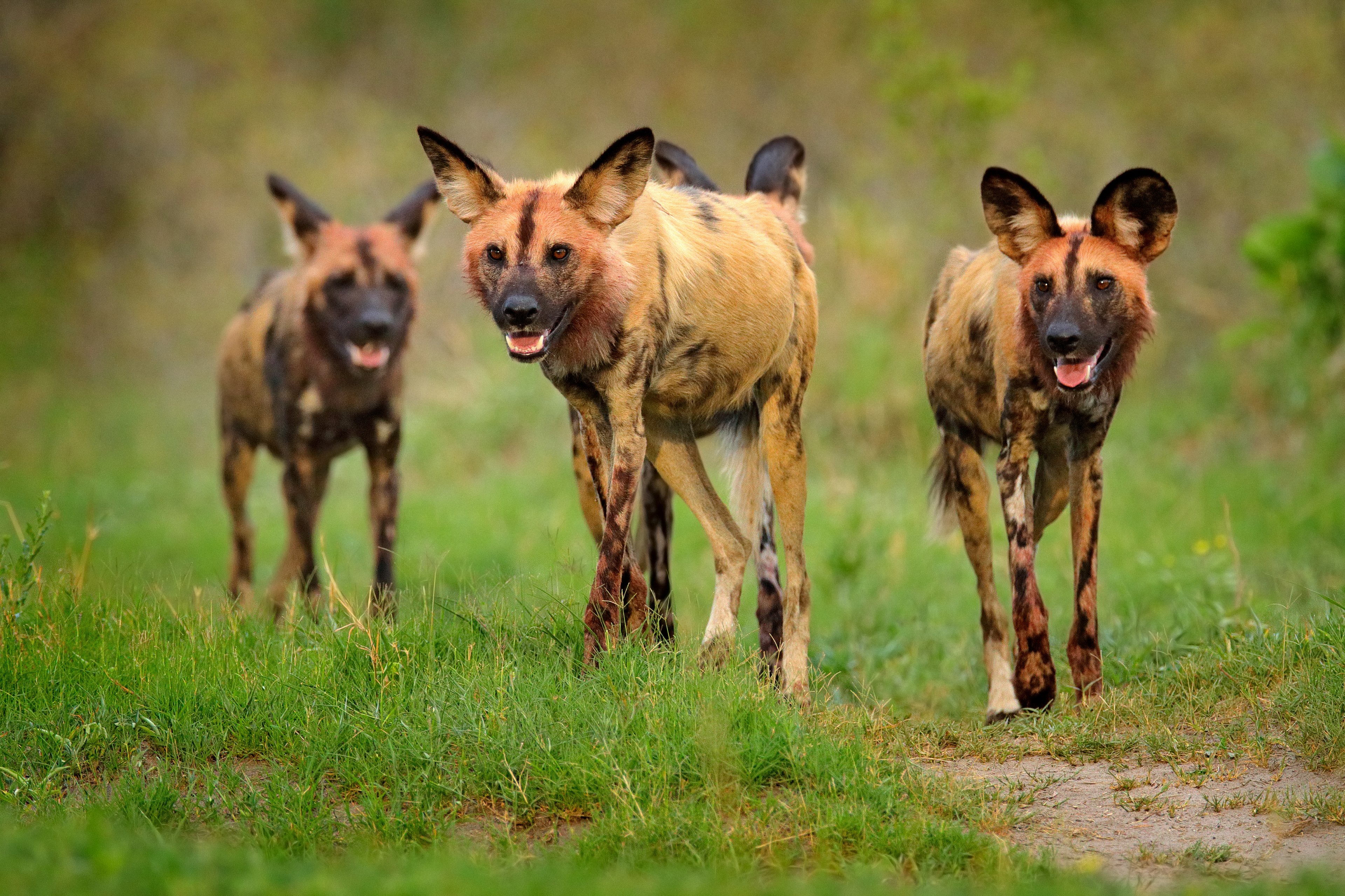The Great White Shark Murder Mystery
With one of the largest populations of the endangered great white shark on the planet, South Africa’s Cape coastline is one of the few places in the world where visitors have the opportunity to see these magnificent predators in their natural habitat. For decades, the coastline from False Bay on the eastern peninsula of the Cape to Gansbaai near Hermanus has been ruled by these omnipotent cetaceans that feed on Seal Island’s 60 000-strong population of Cape Fur Seals, just 5km off the coast. Similarly, Shark Alley in Gansbaai near Hermanus, an open stretch of water between Dyer Island and nearby Geyser Rock, is another prolific hunting ground for great whites who have historically feasted upon the 40-000 plus Cape Fur Seal population that live there.
With the benefit of deep waters around Seal Island and Geyser Rock, both areas have become renowned for cage-diving expeditions where the viewing of great white predation and breaching ticks off many a bucket list dream. Here visitors can see firsthand the hunting skills of these ferocious ocean predators as defined by their signature breach, where they dart from the depths of the sea at such speed in pursuit of their prey, that they launch themselves partially or completely out of the water. However, in the last two years, these once abundant great whites have been known to disappear for periods of time, causing havoc for some cage-diving operators who have had to suspend operations while South African marine biologists have deliberated on all manner of reasons from El Nino to changes in migratory habits.
However, last year a series of grisly finds along Gansbaai’s coastline marked a twist in this sharky tale when three great white carcasses washed up within days of each other. While all were virtually unscathed, closer inspection revealed a strange link, all the carcasses were found with their livers (and in some cases the hearts and testes) removed with an almost chilling precision. By June 25th five great white sharks had washed up, and all had been relieved of their livers. Such an inexplicable and unprecedented phenomenon left local shark researchers and scientists perplexed as just what had killed these sharks for their livers alone.
However, it soon emerged that these weren’t the first shark carcasses to have been found with their livers removed. As far back at 2014, reports of Sevengill Cowshark carcasses washing up without livers had been reported in False Bay’s Castle Rock Reserve. And so, when Capetonian Dave Hurwitz, a passionate ocean conservationist and the owner of a whale-watching company in Simon’s Town weighed in with his first reported sighting of two floppy-finned orca’s near Seal Island in 2015, they became the prime suspects.





